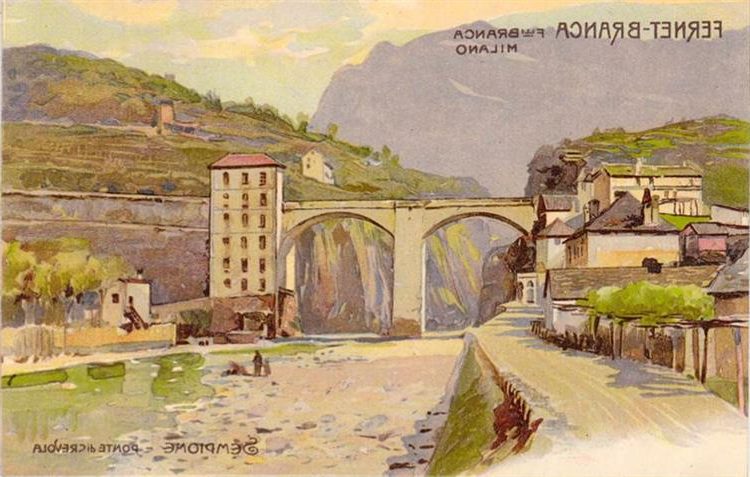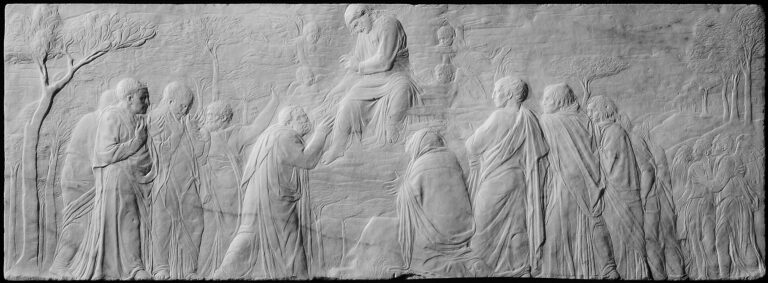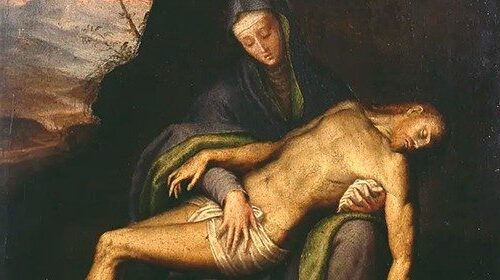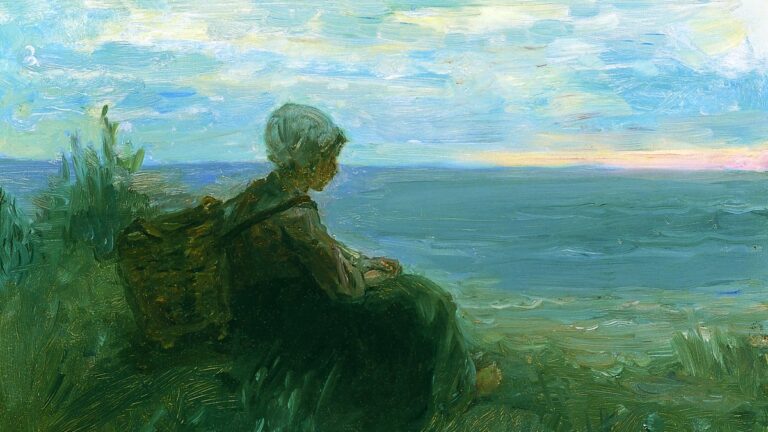Leopoldo Metlicovitz: Painter and Pioneering Art Nouveau Illustrator
Born: 17 July 1868, Trieste, Italy
Death: 19 October 1944, Ponte Lambro, Italy
Art Movement: Art Nouveau
Nationality: Italian
Institution: Local art school in Trieste
Leopoldo Metlicovitz: Painter and Pioneering Art Nouveau Illustrator
Early Life and Education
Leopoldo Metlicovitz began his journey as an artist in late 19th century Italy. His early years shaped his artistic path and set the stage for his future success.
Origins in Ponte Lambro
Leopoldo Metlicovitz was born in 1868 in Ponte Lambro, a small town in northern Italy. His family had Dalmatian roots, with their original surname being Metlicovich.

Leopoldo Metlicovitz’s Briga Svizzera – Il Castello (1906)
As a child, Metlicovitz showed an early interest in art and drawing. He spent much of his youth sketching scenes from daily life in Ponte Lambro.
His parents recognized his talent and supported his artistic pursuits. This encouragement played a key role in his decision to pursue art as a career.
Artistic Training in Trieste
At age 14, Metlicovitz moved to Trieste to begin his formal artistic education. Trieste, a bustling port city, exposed him to diverse cultural influences.
He studied at a local art school, where he learned the basics of painting and drawing. His teachers noted his natural talent and eye for color.
Metlicovitz also worked as an apprentice in a printing office. There, he gained valuable skills in lithography, which would later shape his career.
During this time, he developed a strong interest in poster design. This passion would eventually lead him to become a pioneer in Italian poster art.
Artistic Contributions and Major Works
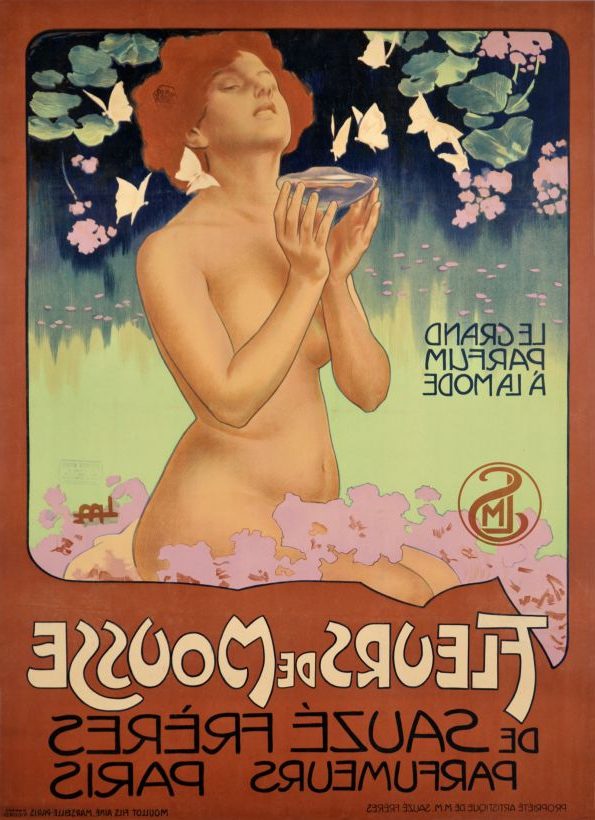
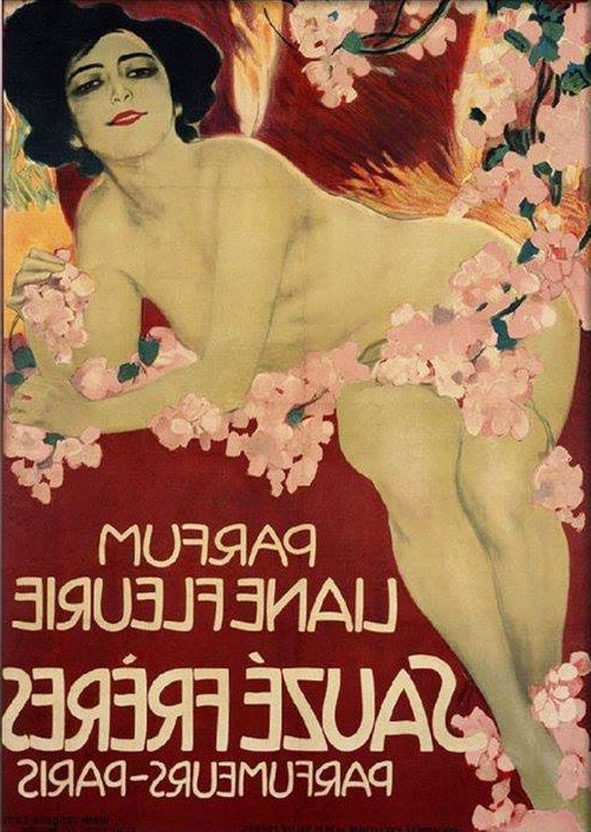
Leopoldo Metlicovitz made significant contributions to Italian art and design in the late 19th and early 20th centuries. His work spanned various mediums and genres, helping shape the Art Nouveau movement in Italy.
Poster Art and Design Influence
Metlicovitz was a pioneer in Italian poster design. He created iconic posters for products, events, and operas. His style blended Art Nouveau elements with bold colors and striking imagery.
Metlicovitz designed posters for the 1906 Milan International Exposition. These works showcased his skill in combining text and images to create eye-catching advertisements.
His commercial posters promoted various products and brands. They helped establish a new visual language for Italian advertising.
Involvement in Music and Opera
Metlicovitz had a strong connection to the world of music and opera. He designed many posters for La Scala, Milan’s famous opera house.
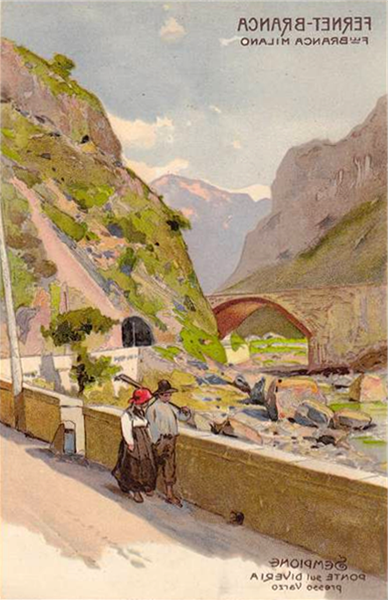

His poster for Puccini’s “Madame Butterfly” in 1904 became one of his most recognized works. It captured the essence of the opera with its delicate, Japanese-inspired imagery.
Metlicovitz also created cover art for “Musica e Musicisti” magazine. These designs showed his ability to blend musical themes with visual art.
Expansion into Illustration and Painting
Beyond posters, Metlicovitz worked as an illustrator and painter. He contributed to various publications, including opera librettos and magazines like “Ars et Labor.”
His paintings often featured landscapes and portraits. These works showed his versatility as an artist beyond graphic design.
Metlicovitz illustrated postcards and other printed materials. This work helped spread his artistic style to a wider audience.
His contributions to illustration and painting solidified his place as a key figure in Italian art of the early 20th century.
Collaborations and Legacy
Leopoldo Metlicovitz’s partnerships and cultural impact left a lasting mark on Italian art and advertising. His work continues to be preserved and celebrated today.
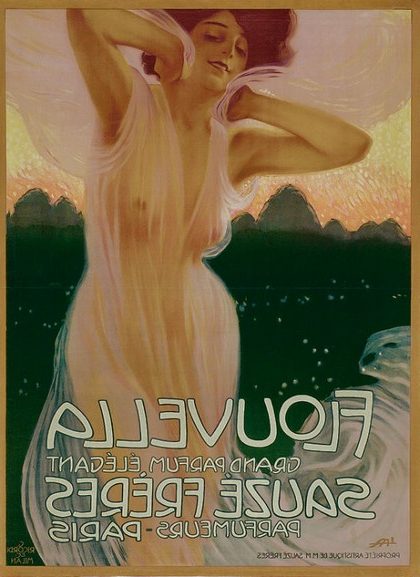

Partnerships with Other Artists
Metlicovitz worked closely with Giulio Ricordi, a major publisher of Italian music and opera. This partnership led to many iconic poster designs for operas like Tosca, Madama Butterfly, and Turandot. He also collaborated with well-known artists of his time, including Marcello Dudovich and Adolf Hohenstein.
These teamups resulted in groundbreaking advertising campaigns and theater posters. Metlicovitz and his peers often shared ideas and techniques, pushing the boundaries of Art Nouveau style in Italy.
Cultural Impact and Recognitions
Metlicovitz’s work shaped the visual culture of early 20th century Italy. His posters for events like the 1906 Milan International Exposition reached wide audiences. He also created ads for popular products like Superator raincoats and Vin Mariani wine.
His style influenced many artists who came after him. Museums and art experts now regard Metlicovitz as a key figure in Italian poster art. His works are featured in major art books and studied by design students.
Preservation of Metlicovitz’s Work
Many of Metlicovitz’s posters and illustrations are kept in museums and private collections. The Civic Museum Revoltella in Trieste held a special exhibit for his 150th birthday in 2018. This show brought together many of his works from different sources.
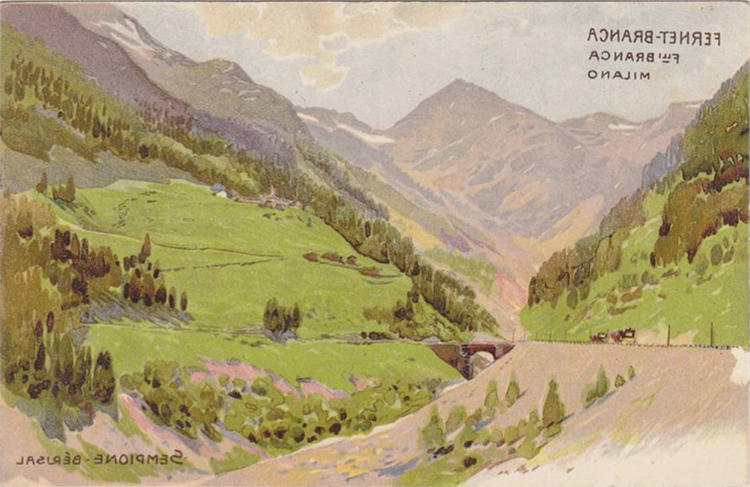
Leopoldo Metlicovitz’s Ponte di Crevola – Berisal (1906)
Libraries and archives also store examples of his art. Wikimedia Commons has a digital collection of his posters available online. Art historians continue to study and write about Metlicovitz’s techniques and influence on Italian visual arts.
Frequently Asked Questions
Leopoldo Metlicovitz made important contributions to Italian poster art and painting in the late 19th and early 20th centuries. He created many iconic works that shaped the visual culture of his time.
What is Leopoldo Metlicovitz best known for in his painting career?
Leopoldo Metlicovitz is best known for his poster designs and illustrations. He played a key role in developing modern Italian poster art in the early 1900s.
His work for operas, commercial products, and major events like the 1906 Milan International Exposition made him famous.
How did Leopoldo Metlicovitz contribute to the art nouveau movement?
Metlicovitz helped bring Art Nouveau style to Italian poster design. He used flowing lines, natural forms, and decorative elements typical of the movement.
His posters blended art and advertising in a new way that influenced other artists. This approach was central to Art Nouveau’s goal of bringing beauty to everyday life.
Can you list some of the most iconic works of Leopoldo Metlicovitz?
Some of Metlicovitz’s most famous works include posters for:
- The 1906 Milan International Exposition
- Mele & Ci department store ads
- Opera posters for La Scala theater
- Silent film advertisements
His colorful, eye-catching designs became well-known across Italy.
How did Leopoldo Metlicovitz’s artistic style evolve over his career?
Metlicovitz started as a lithography apprentice, learning technical skills. He later moved to Milan and began creating posters.
Over time, his style became bolder and more dramatic. He used bright colors and strong compositions to catch viewers’ attention.
His later works show more advanced printing techniques and a refined Art Nouveau style.
What were the common themes and subjects in Metlicovitz’s paintings?
Metlicovitz often painted elegant women, dramatic scenes from operas, and images promoting products or events.
He liked to show movement and emotion in his figures. Many of his works feature people in theatrical poses or engaging in leisure activities.
Landscapes and cityscapes also appeared in his posters, especially for travel ads.
What influence did Leopoldo Metlicovitz have on other artists of his time?
Metlicovitz helped establish a new style of Italian poster art. His work inspired many other artists to explore similar techniques and themes.
He also worked closely with other famous poster artists like Marcello Dudovich. Together, they shaped the look of Italian advertising and popular art for decades.

